3dExport
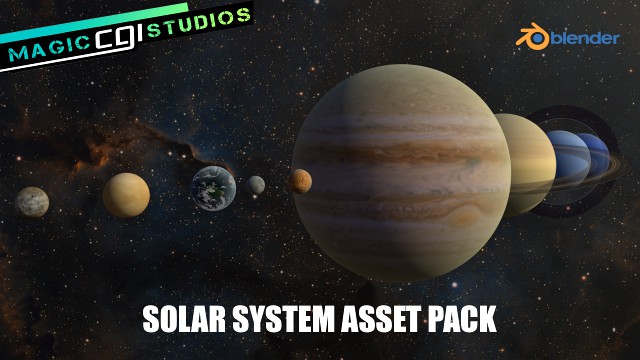
solar system asset pack - blender
by 3dExport
Last crawled date: 1 year, 10 months ago
it`s xmas - discount! created with and intended for use within created with 2.79, tested in 2.80/2.93 versions if you require detailed models of the planets that are in our own solar system then look no further! each planet comes with its own fully customisable atmosphere and surface colour using the simple node setups for each,....... basically they can be any colour you choose, so its easy to get creative if you wish to create your own unique worlds! : earth mars saturn venus jupiter neptune uranus (with rings,........yes it has them too!) mercury pluto (i know its not a planet any longer but its included anyway!) : sun moon the hdri used for the renders is packed within the file backgrounds used for the renders are not included all images shown were rendered with cycles all modifiers closed no loose or double vertices scale and rotation applied : will not work with (as far as i know!) all objects named accordingly in the outliner for the whole combined package: v: 226,092 f: 451,328 t: 452,096 each planet comes with its own layer of customisable `atmosphere`, the colour, coverage and density can be adjusted easily within the nodes. the only planets to have no atmosphere are mercury, (which has a exosphere) and pluto there are many different types of `cloud` atmospheres throughout the solar system made up of various elements (clouds are not always water!),......in basic, their types are: earth - water, venus - sulfuric acid, jupiter - hydrogen, neptune - ammonia & methane, saturn - water & ammonia, mars - carbon dioxide/water, uranus - ammonia & hydrogen mercury & pluto do not have atmospheres as stated, but i have included them anyway if you wish them to have one : using the nodes assigned to the models you can easily edit each planet to your liking (see images) although the planets within this pack are set to look like our own planets you can easily custom create your own, just alter the values within the nodes and see what happens! ...just don't forget to make a back up of the original files first before you save :) scale is impossible to replicate, therefore these models are `not to scale` but can be easily scaled to suit your project. if you do decide to purchase this pack i wish to thank you in advance any queries please do get in touch this is a thanks for your interest & support! : how to import these models into blender/ your blender scene: 1. unzip "solar_system_asset_pack.7z" and save to your desired location 2. open: solar_system_asset_pack.blend if you wish to append any planet into your project: 1. open blender 2. go to file...select append 3. find where you saved the extracted your solar_system_asset_pack file and open 4. select object from the drop down menu 5. select whichever planet(s) you require, then just select append from library the planets and their cloud atmospheres are two separate easily editable materials all textures/images and associated files are included within the blender file if you wish to experiment and create your own planet then its easy - just adjust the rgb curves and multiply nodes to different values (see images) please note again: this pack is intended for use within this is a thanks again for your interest! : the solar system is the sun and all the objects that orbit around it. the sun is orbited by planets, asteroids, comets and other things. the solar system is about 4.6 billion years old. it formed by gravity in a large molecular cloud. most of this matter came together in the centre, and the rest flattened into an orbiting disk that became the solar system. it is thought that almost all stars form by this process. the sun is a star. it makes up 99.9% of the solar system's mass. this means that it has strong gravity. the other objects are pulled into orbit around the sun. the sun is mostly made out of hydrogen, and some helium and higher elements. there are eight planets in the solar system. from closest to farthest from the sun, they are: mercury, venus, earth, mars, jupiter, saturn, uranus and neptune. the first four planets are called terrestrial planets. they are mostly made of rock and metal, and they are mostly solid. the last four planets are called gas giants. this is because they are much larger than other planets and are mostly made of gas. titan one of saturn’s moons is the only moon in the solar system to have an atmosphere. the solar system also contains other things. there are asteroid belts, mostly between mars and jupiter. further out than neptune, there is the kuiper belt and the scattered disc. these areas have dwarf planets, including pluto, makemake, haumea, ceres and eris. there are thousands of very small objects in these areas. there are also comets, centaurs, and interplanetary dust.
Similar models
3dwarehouse
free

solar system
...saturn, uranus, neptune, pluto. #earth #jupiter #mars #mercury #neptune #planets #pluto #saturn #solar_system #sun #uranus #venus
3dwarehouse
free

Planets of the Solar System
...planets #sun #mercury #venus #earth #mars #jupiter #saturn #uranus #neptune #pluto #moon #rings #universe #atmosphere #globe #map
3d_export
$270
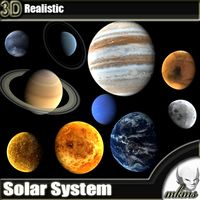
Solar System 3D Model
...ranus neptune pluto space globe clouds orbit terra nasa planet planets atmosphere solar
solar system 3d model mkms 37588 3dexport
3dwarehouse
free

solar system 3d
...solar system 3d
3dwarehouse
our solar system #earth #jupiter #mars #mercury #neptune #pluto #saturn #sun #uranus #venus
3d_export
$59

Earth Moon 3D Model
...nus neptune pluto space globe clouds orbit terra nasa planet planets atmosphere solar
earth moon 3d model fabelar 33502 3dexport
3dwarehouse
free

Solar System
... #milky_way #moon #neptune #orbit #planet #planets #pluto #revolve #saturn #solar #solar_system #star #sun #system #uranus #venus
cg_trader
$80

Sci Fi Solar System - Animated
...er earth planet jupiter planet mars planet mars surface mercury planet planet earth planet venus sci fi solar system venus planet
3dwarehouse
free

solar system
...s and the sun #08 #earth #jupiter #mars #mercury #neptune #planets #saturn #solar #solar_system #star #sun #system #uranus #venus
3dwarehouse
free

Solar System
...hen pluto was still considered a planet. #earth #jupiter #mars #mercury #neptune #pluto #saturn #solar_system #sun #uranus #venus
3dwarehouse
free

solar system
...anging it. #and #asteroid #belt #earth #jupiter #mars #mercury #neptune #planets #pluto #saturn #solar_system #sun #uranus #venus
Solar
3d_ocean
$4

Solar Panel
...solar panel
3docean
cell panel solar
fully textured solar panel with scaleable solar cells.
3ddd
$1
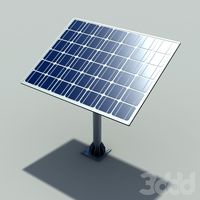
solar cell
...solar cell
3ddd
солнечная батарея
solar cell
3d_export
$7

Solar Panel
...solar panel
3dexport
perfect solar panel for roof, modular, extensible.
3d_export
$5
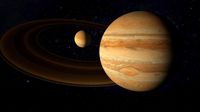
solar system
...solar system
3dexport
solar system in c4d, with 8k nasa textures
3d_export
$15
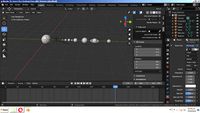
solar system
...nd the other the sun, the earth and the moon, the latter has an animation with camera movement included, the files are in spanish
3ddd
$1

Zumtobel Solar II
...obel solar ii
3ddd
zumtobel , solar
модель направленного светильника solar 2 от zumtobel
3d_ocean
$14

Solar Panels
... materials, hdri map, vray gi setup. four solar panels: type1: 1849 – poly, 2035 – vert. type2: 954 – poly, 1051 – vert. type3...
turbosquid
$29

Solar System
...squid
royalty free 3d model solar system for download as fbx on turbosquid: 3d models for games, architecture, videos. (1236050)
turbosquid
$25

Solar Panel
...osquid
royalty free 3d model solar panel for download as max on turbosquid: 3d models for games, architecture, videos. (1516562)
turbosquid
$25

Solar System
...uid
royalty free 3d model solar system for download as blend on turbosquid: 3d models for games, architecture, videos. (1314058)
Pack
3d_export
$5
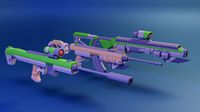
pack
...pack
3dexport
low poly pack
archibase_planet
free

Packing
...packing
archibase planet
wrapping wrapper packing
packing 2 - 3d model (*.gsm+*.3ds) for interior 3d visualization.
archibase_planet
free
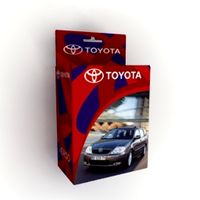
Packing
...packing
archibase planet
packaging wrapping packing
packing 3 - 3d model (*.gsm+*.3ds) for interior 3d visualization.
archibase_planet
free

Packing
...packing
archibase planet
wrapper packing packaging
packing 4 - 3d model (*.gsm+*.3ds) for interior 3d visualization.
archibase_planet
free

Packing
...packing
archibase planet
packaging wrapping packing
packing 5 - 3d model (*.gsm+*.3ds) for interior 3d visualization.
archibase_planet
free
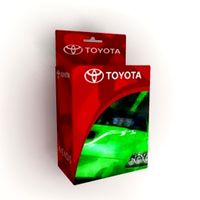
Packing
...packing
archibase planet
packing packaging wrapper
packing 7 - 3d model (*.gsm+*.3ds) for interior 3d visualization.
3d_export
$7
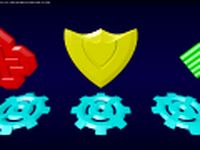
Health Pack Armor Pack and Ammo Pack 3D Model
...pack 3d model
3dexport
health armor ammo pack check point game
health pack armor pack and ammo pack 3d model u2501 99166 3dexport
3d_ocean
$79

Turrets Pack - Tower Defense Pack
...be used in any sf type of game, especially in tower defense games. the pack includes: - flack cannon: 6239 polygons - chain gu...
3d_export
$7
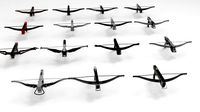
arbalet pack
...arbalet pack
3dexport
arbalet pack
3d_export
$5

rocks pack
...rocks pack
3dexport
rocks pack
System
archibase_planet
free
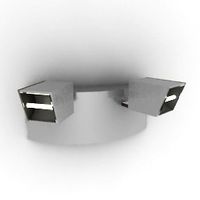
System
...m
archibase planet
fire alarm system fire alarm box
security light system - 3d model (*.gsm+*.3ds) for interior 3d visualization.
archibase_planet
free
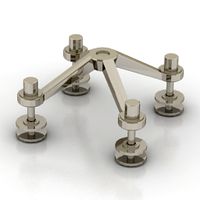
Spider system
...stem spider glass system
spider system to fix glass stefano galli n050912 - 3d model (*.gsm+*.3ds) for interior 3d visualization.
3ddd
$1

Euforia System
...euforia system
3ddd
euforia
euforia system
3d_export
$50
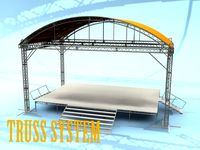
Roof system Truss system 3D Model
...oof system truss system 3d model
3dexport
roof system truss truss stage
roof system truss system 3d model aleksbel 38970 3dexport
3ddd
$1

DVD System
...dvd system
3ddd
dvd , schneider
dvd system
design_connected
free

Seating system
...seating system
designconnected
free 3d model of seating system
3d_export
$5

solar system
...solar system
3dexport
solar system in c4d, with 8k nasa textures
3ddd
$1
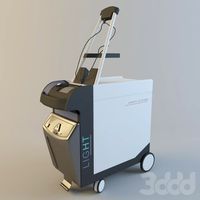
Quanta System
...quanta system
3ddd
медицина
quanta system.
лазерное оборудование для медицинских центров
3d_export
$15

solar system
...nd the other the sun, the earth and the moon, the latter has an animation with camera movement included, the files are in spanish
3d_export
$14
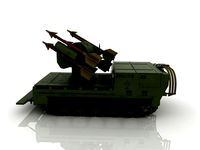
missile system
...missile system
3dexport
Blender
3d_export
$10

Blender
...blender
3dexport
blender 3d modelling fusion360<br>sat , 3dobjeckt
turbosquid
$10

BLENDER
...turbosquid
royalty free 3d model blender for download as max on turbosquid: 3d models for games, architecture, videos. (1201811)
turbosquid
$5

Blender
...rbosquid
royalty free 3d model blender for download as blend on turbosquid: 3d models for games, architecture, videos. (1459008)
turbosquid
$30

Blender
...yalty free 3d model blender for download as c4d, fbx, and obj on turbosquid: 3d models for games, architecture, videos. (1539760)
turbosquid
$22

Blender
... free 3d model blender for download as max, obj, c4d, and fbx on turbosquid: 3d models for games, architecture, videos. (1210606)
3d_export
$5

blender
...blender
3dexport
кружка для кофе
turbosquid
$49

Blender
... available on turbo squid, the world's leading provider of digital 3d models for visualization, films, television, and games.
turbosquid
$5

Blender
... 3d model blender for download as max, 3ds, stl, fbx, and obj on turbosquid: 3d models for games, architecture, videos. (1651551)
turbosquid
$5

Blender
... available on turbo squid, the world's leading provider of digital 3d models for visualization, films, television, and games.
turbosquid
$1

Blender
... available on turbo squid, the world's leading provider of digital 3d models for visualization, films, television, and games.
Asset
3d_export
$5

game asset
...game asset
3dexport
game asset
turbosquid
$1

Rocks Asset
...urbosquid
royalty free 3d model rocks asset for download as on turbosquid: 3d models for games, architecture, videos. (1377525)
turbosquid
$15

couch Asset
...osquid
royalty free 3d model 3d couch asset for download as on turbosquid: 3d models for games, architecture, videos. (1453706)
turbosquid
$10

Grave asset
...osquid
royalty free 3d model grave asset for download as obj on turbosquid: 3d models for games, architecture, videos. (1335774)
turbosquid
$5

Sink Asset
...bosquid
royalty free 3d model sink asset for download as max on turbosquid: 3d models for games, architecture, videos. (1294817)
turbosquid
$2

asset videogame
...
royalty free 3d model asset videogame for download as blend on turbosquid: 3d models for games, architecture, videos. (1373993)
turbosquid
$10

game asset
...
royalty free 3d model game asset for download as tif and fbx on turbosquid: 3d models for games, architecture, videos. (1383342)
turbosquid
$2

Christmas Asset
...y free 3d model christmas asset for download as blend and fbx on turbosquid: 3d models for games, architecture, videos. (1656179)
turbosquid
$2

Medieval Assets
...lty free 3d model medieval assets for download as obj and fbx on turbosquid: 3d models for games, architecture, videos. (1278838)
turbosquid
$48

Sheep asset
...y free 3d model sheep asset for download as max, obj, and fbx on turbosquid: 3d models for games, architecture, videos. (1159285)
